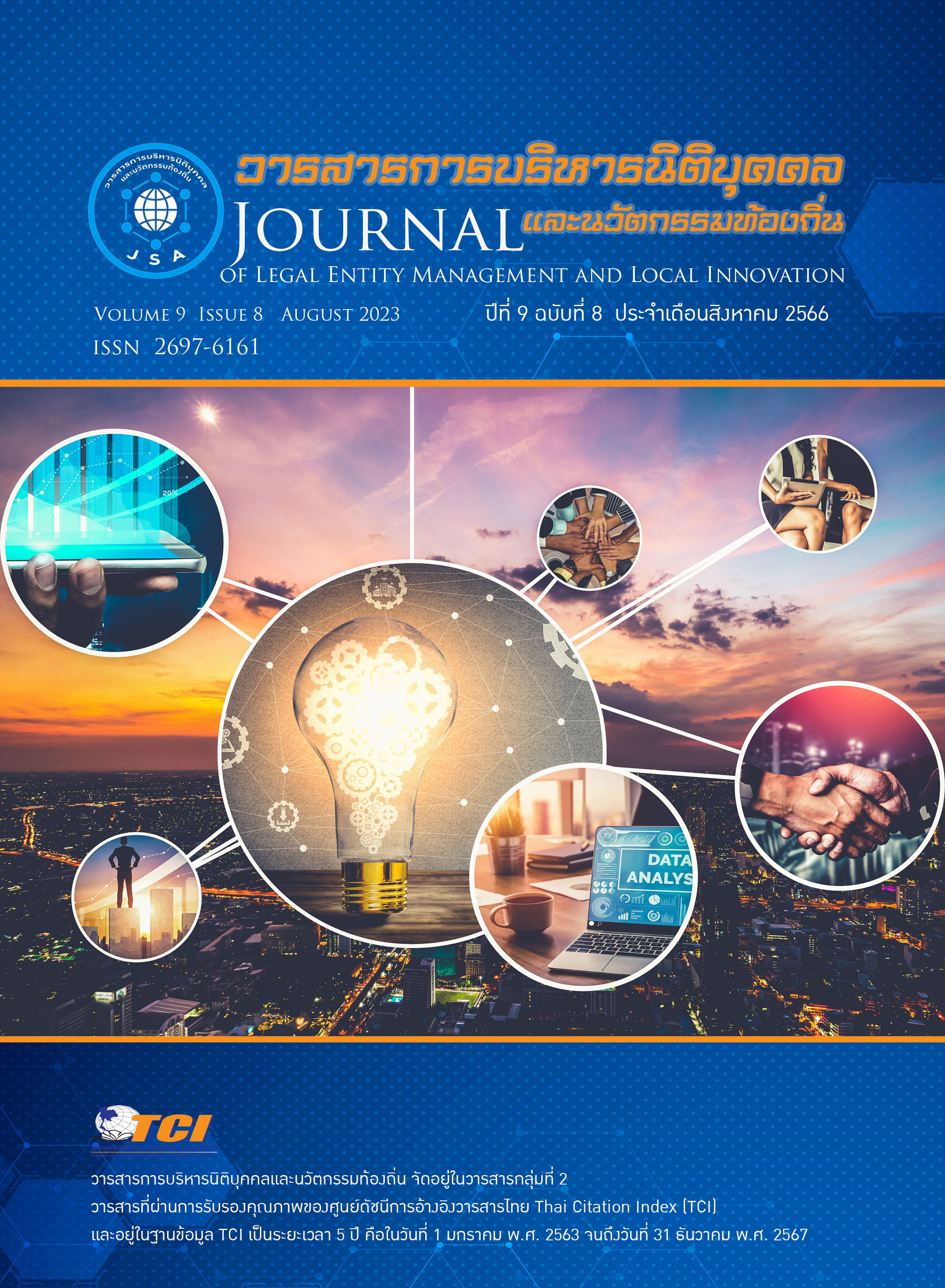The Identity of Music in Lamtat Folksong By Srinual Kham-Ard, National Artist
Keywords:
Musical identity, LamtatAbstract
This research article is a part of the thesis entitled The Identity of Music in Lamtat Folksong by Mistress Srinual Kham-ard, a national artist, which aims to analyze the elements and musical identities in the Lamtad folksong singing of Mistress Srinual Kham-ard. According to the study's results, Mistress Srinual Kham-Ard began practicing and performing Lamtad folk songs singing in 1962 after learning from Master Te Nima, the father of Master Wangdi Nima, or Wang Te, the national artist with whom she later studied. Mistress Srinual Kham-Ard's singing is characterized for its bright, resonant tone; the use of an appropriate tremolo that corresponds well to the rhythm of the music; as well as the dress and use of polite language that are distinctive to the Lamtat group, which was a campaign by Master Wang Te. Mistress Srinual Kham-Ard inherited seven distinct melodies from Master Te Nima:
1) Thamnong Klang (Klang melody) in 1962, which Master Wang Te inherited:
2) Thamnong Pro (Pro melody) in 1964; 3) Thamnong Krapue (Krapue melody)
in 1966; 4) Thamnong Sok (Sok melody) in 1973; 5) Thamnong Mon (Mon melody) in 1975; 6) Thamnong Lao (Lao melody) in 1975; 7) Thamnong Khaek (Kheak melody) in 1976, intern. Since 1975, Mistress Srinual Kham-Ard has utilized her singing abilities to serve society by providing entertainment, preserving the arts and culture of central folk melodies through Lamtat performances, and imparting knowledge to youth.


